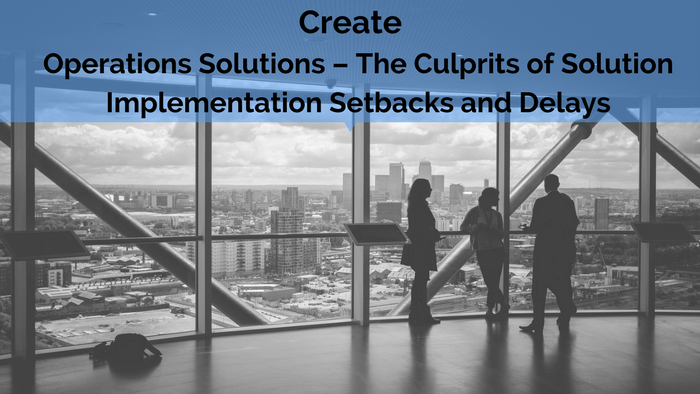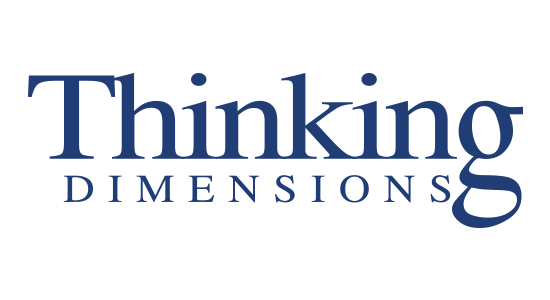
Decision makers would obviously like to incorporate as much relevant information in their decision making processes as possible. Attempting to do so however, results in a much longer decision cycle than anticipated. Who hasn’t heard the pejorative term “analysis paralysis?” Longer decision cycle times are not necessarily negative in respect to the effectiveness of the decision, but they do negatively impact efficiency in terms of delaying implementation. A delay is a setback in that it postpones the benefits to be derived from implementing the solution. If decision makers continually delay because they do not have ‘all’ the information, then they will never move forward. Unlike The Rolling Stones, time is not on their side. Conversely, if decision makers rush the process, use too little information or overly rely on their intuition, the effort to create solutions will end up in a trial and error mode…and a waste of opportunities and valuable resources.
Information for decision making, in respect of the evaluation of solution requirements, is largely in three groups
- Information with a high level of certainty, i.e., it is unlikely to change.
- Information deemed important only by a specific stakeholder (others may consider it irrelevant).
- Information that is uncertain, i.e., it may change, is incomplete or partially correct.
The KEPNERandFOURIE thinking processes for solution creation, through its structured questioning process, ensures that (a) the needed information is filtered and qualified (b) the information used is maximized in terms of its contribution to deducing a solution.
- Proper use of the process sorts critically needed information that drives solution requirements from related yet unnecessary information.
- Information offered as ‘important’ by a stakeholder can be evaluated objectively in the process ensuring that, if relevant, it is incorporated.
- Information that is uncertain is filtered by the decision process as risks. Then those uncertainties are qualitatively qualified and provided for in suitable actions to be incorporated in the solution decided upon.
Deciding solutions, using the KandF Solution Creation tools, will ensure that unnecessary trial and error efforts are avoided and that solutions are not unduly delayed due to the nature and volume of information available.



